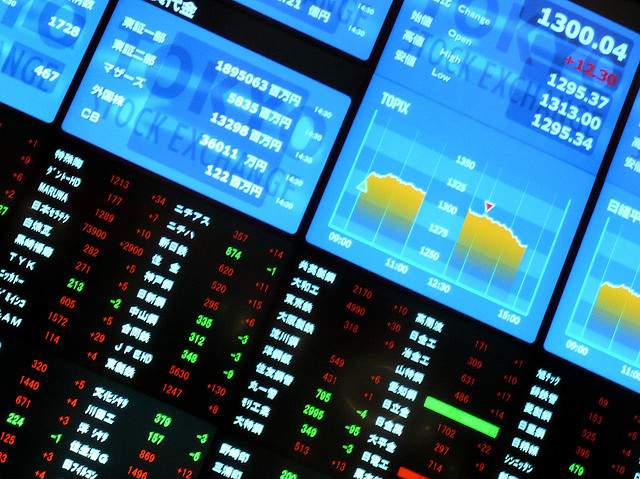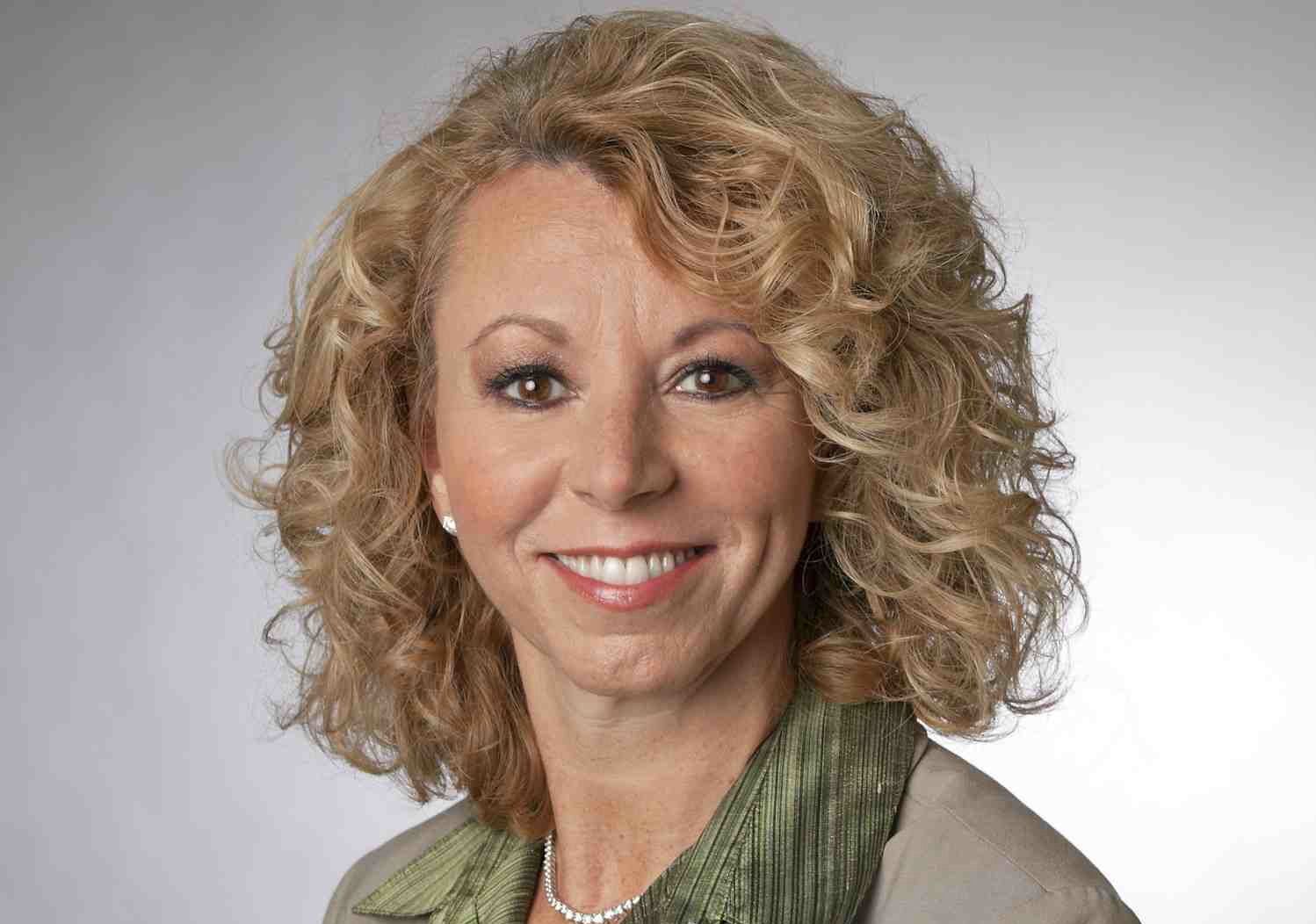DeAWM Hires Carolyn Patton as Head of Consultant Relations for the Americas
| For Alicia Miguel | 0 Comentarios
Deutsche Asset & Wealth Management (DeAWM) has announced that Carolyn Patton will join as a Managing Director and Head of Consultant Relations, Americas.
Based in New York, Carolyn will report to Mark Bolton, Global Head of Consultant Relations. Regionally, she will report to J.J. Wilczewski, the newly appointed Co-Head of the Global Client Group, Americas, who is responsible for serving institutional investors.
In this newly-created position, Patton will be responsible for cultivating relationships with investment consultants based in the Americas. She will play a key role in helping the region’s leading consultancies access the firm’s global investment capabilities on behalf of their clients.
“I am delighted to welcome Carolyn to the firm, as we are committed to broadening our reach and strengthening our position in the institutional marketplace,” said Mark Bolton. “Carolyn’s connections and depth of experience will be a significant factor in helping consultants and their clients appreciate the full scope of our investment capabilities.”
Patton is the latest high-profile strategic senior hire by DeAWM as it pushes to enhance outreach to institutional investors, expand its institutional product offerings, and continue to build its overall market share in the Americas. In July, the firm announced that J.J. Wilczewski was hired to lead the institutional investor effort, overseeing client coverage and distribution in the Americas region. Over the last six months, DeAWM has added more than a dozen leading asset and wealth management executives to its Americas team while investing in new technology and launching innovative fund offerings.
“Investment consultants are a critical element of our institutional growth initiative in the Americas,” said Jerry Miller, Head of DeAWM in the Americas. “With a full suite of solutions across multiple asset categories and investment disciplines, we believe we have a compelling and differentiated offering for institutional clients in the region.”
Patton brings over twenty years of experience to the DeAWM. Most recently, she was an Executive Managing Director and Principal at Turner Investments, an employee-owned investment manager based in Pennsylvania. From 2005 to 2011 she worked for Janus Capital Group, where she was Global Head of Consultant Relations. Before that, she worked at Morgan Stanley Investment Management both in the Americas and Europe.






